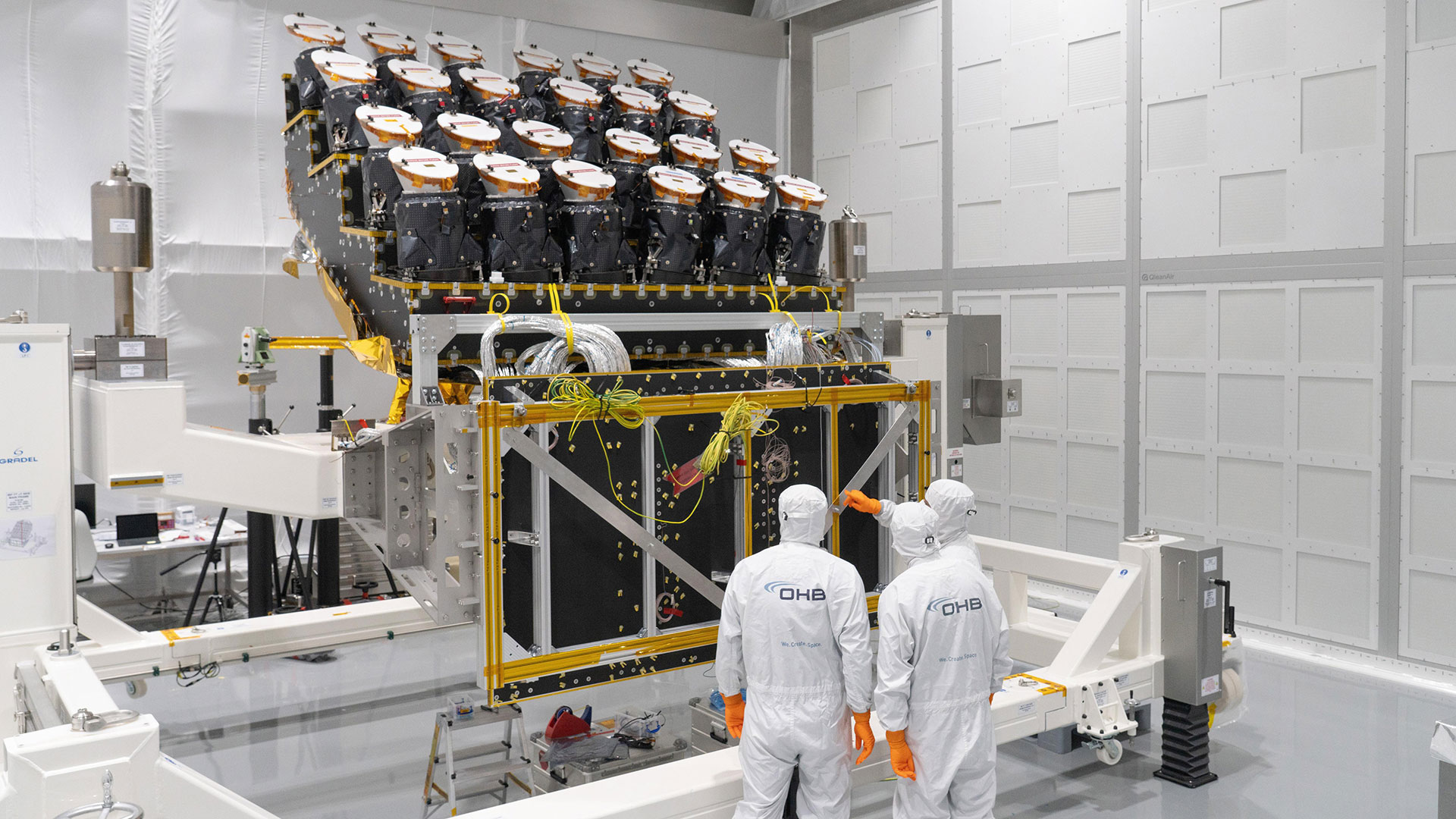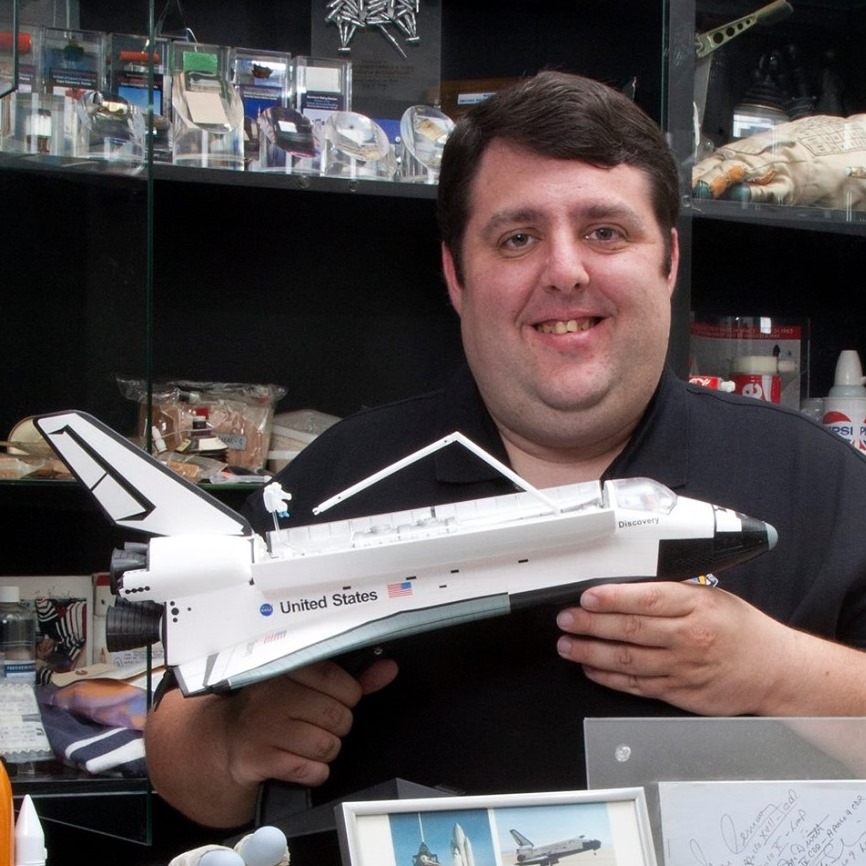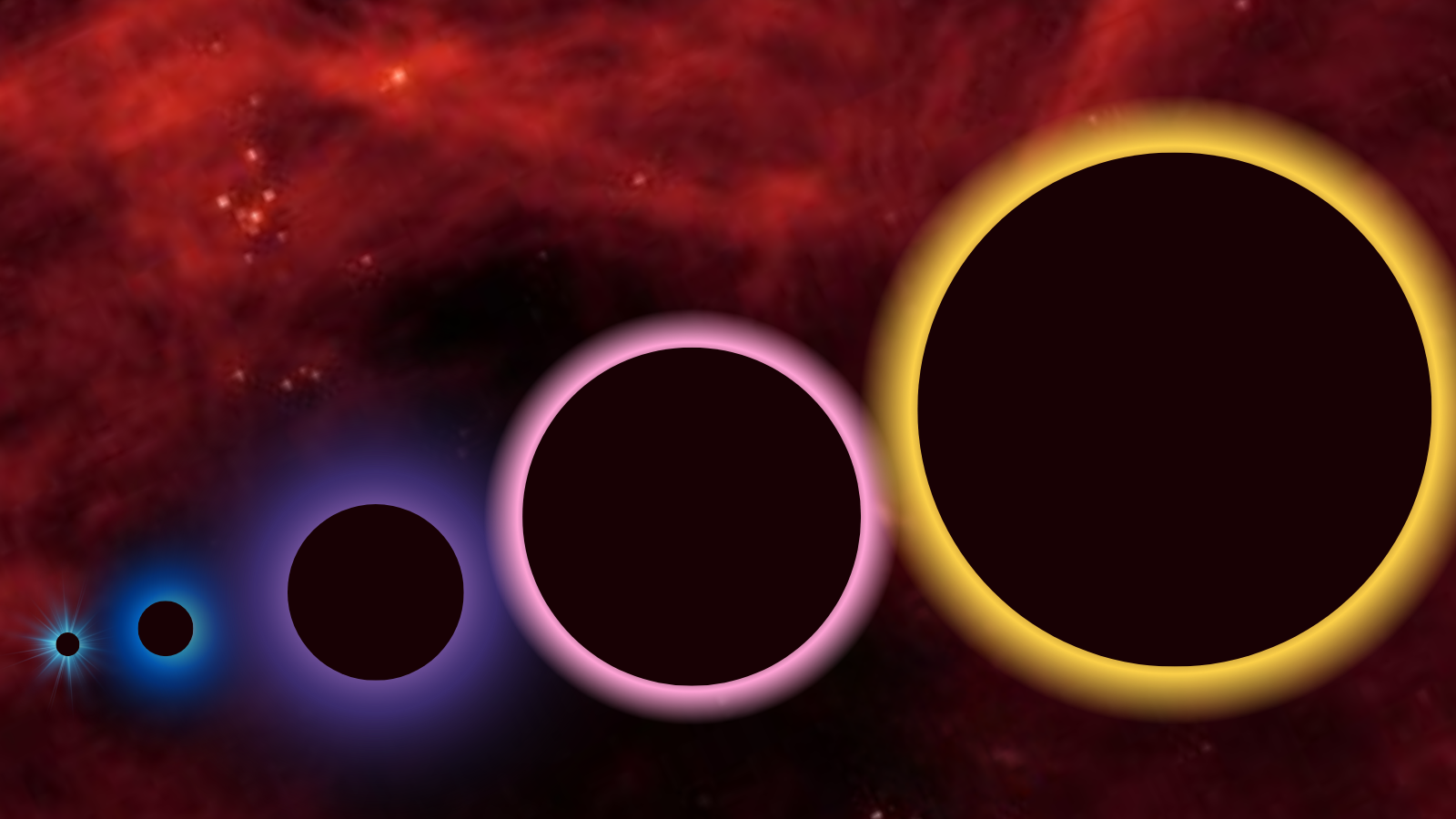Planet hunter Plato gets its eyes | Space photo of the day for May 7, 2025
The European Space Agency (ESA) spacecraft now has 24 of its 26 cameras installed, which once launched will be used to hunt for terrestrial planets.

The European Space Agency (ESA) is two dozen steps closer to launching Plato, a spacecraft that will search for terrestrial planets outside of our solar system, after the installation of 24 of its 26 cameras.
What is it?
ESA's Plato, or PLAnetary Transits and Oscillations of stars, mission will use its 26 cameras simultaneously to study terrestrial exoplanets in orbits up to the habitable zone of sun-like stars. The mission will measure the sizes of these worlds and discover exomoons and rings around them. Plato will also characterize the planets' host stars by studying tiny light variations in the starlight it receives.
As pictured here, the work to give Plato its sensitive eyes is nearing completion. Twenty-four of the 26 cameras have been installed on the spacecraft’s optical bench, the structure that keeps all cameras firmly pointed in the right direction. Two more "fast" cameras will be installed in the coming weeks.
"This activity is one of the most critical in building the satellite. The cameras are delicate elements that must be attached to the spacecraft’s supporting structure with great accuracy, to ensure that they are very precisely aligned," said Thomas Walloschek, ESA's Plato project manager, in a statement.
Where is it?
At present, the Plato spacecraft is under assembly at OHB, an aerospace contractor, in Germany.
When it launches in 2026, Plato will be sent into a halo orbit around the Sun-Earth Lagrange point-2 (L2).
Why is it amazing?
Plato's 24 cameras are arranged in four groups of six that have the same field of view. The lines of sight of the four groups are offset by an angle of 9.2 degrees. With this configuration, the cameras can survey a very large area of the sky, more than 2000 square degrees, at once.
Breaking space news, the latest updates on rocket launches, skywatching events and more!
The 24 identical cameras will make images every 25 seconds, while the two "fast" cameras will make them every 2.5 seconds.
Each of the 24 cameras is equipped with four CCD light sensors for a total of 81.4-megapixel images per camera, resulting in two-billion-pixel images for the overall spacecraft. These will be the largest images ever for a space mission.
Want to know more?
You can read more about Plato, Europe's planet-hunting telescope, and more about exoplanets.
Join our Space Forums to keep talking space on the latest missions, night sky and more! And if you have a news tip, correction or comment, let us know at: community@space.com.

Robert Pearlman is a space historian, journalist and the founder and editor of collectSPACE.com, a daily news publication and community devoted to space history with a particular focus on how and where space exploration intersects with pop culture. Pearlman is also a contributing writer for Space.com and co-author of "Space Stations: The Art, Science, and Reality of Working in Space” published by Smithsonian Books in 2018.In 2009, he was inducted into the U.S. Space Camp Hall of Fame in Huntsville, Alabama. In 2021, he was honored by the American Astronautical Society with the Ordway Award for Sustained Excellence in Spaceflight History. In 2023, the National Space Club Florida Committee recognized Pearlman with the Kolcum News and Communications Award for excellence in telling the space story along the Space Coast and throughout the world.
You must confirm your public display name before commenting
Please logout and then login again, you will then be prompted to enter your display name.
